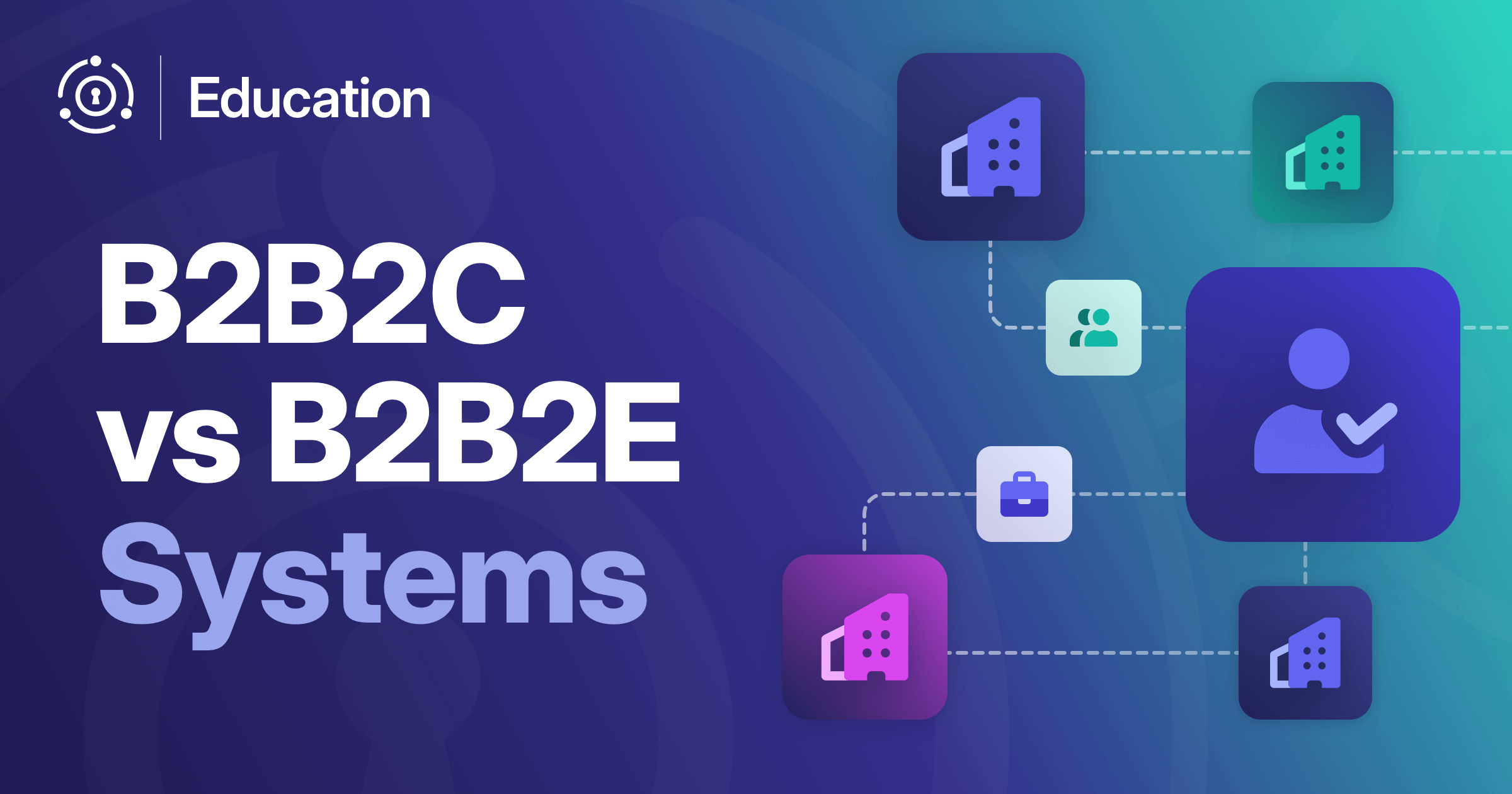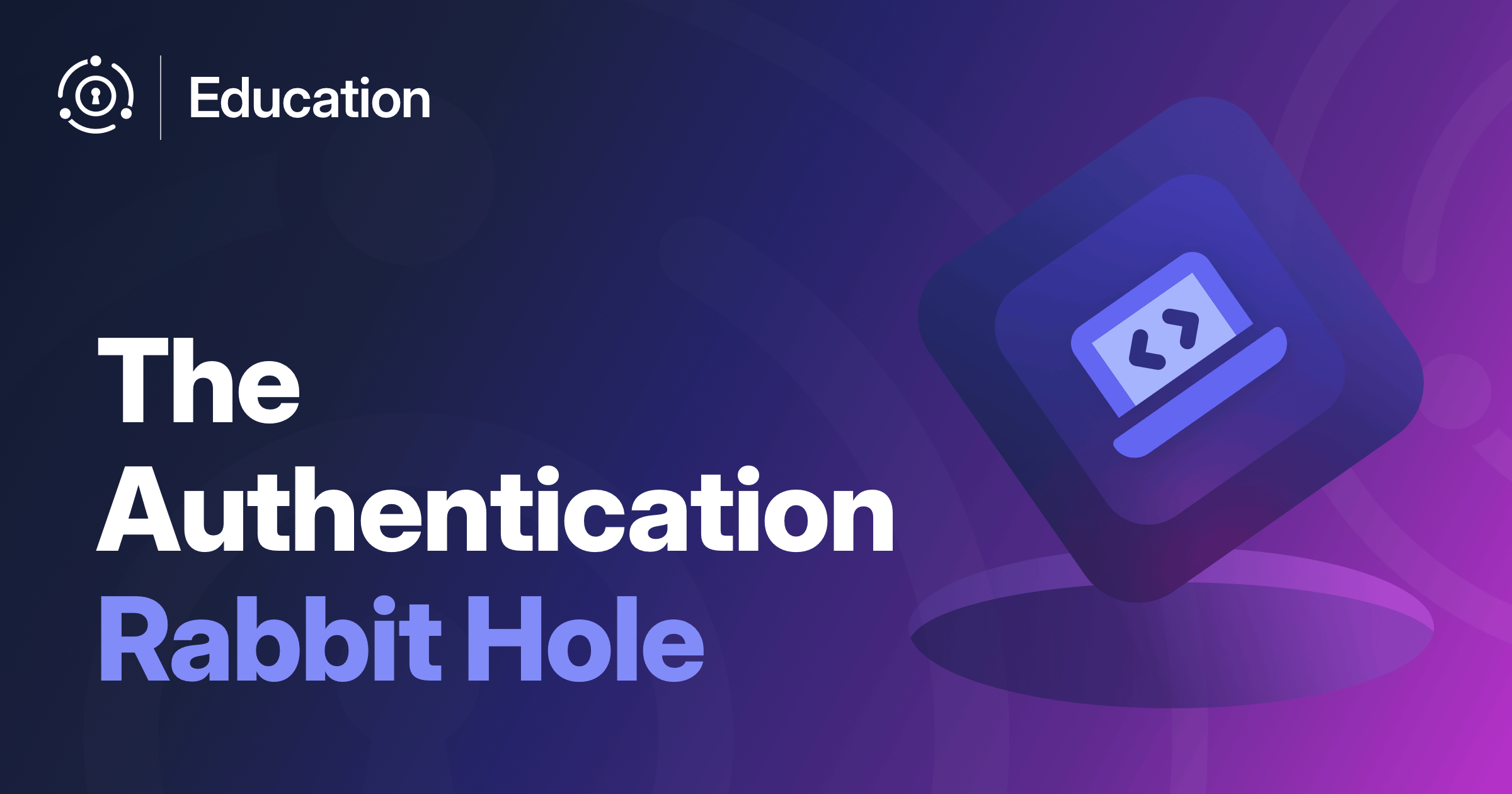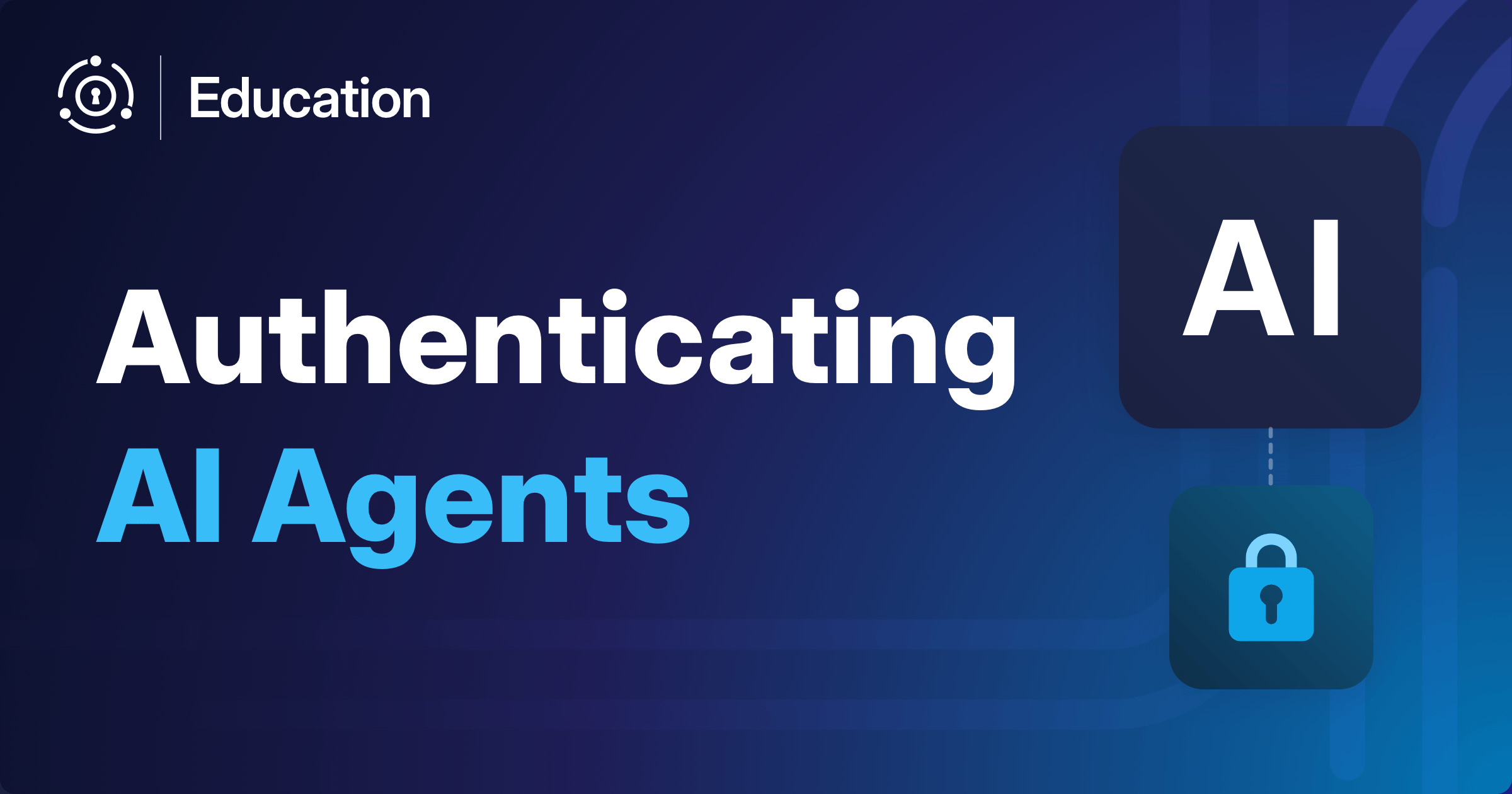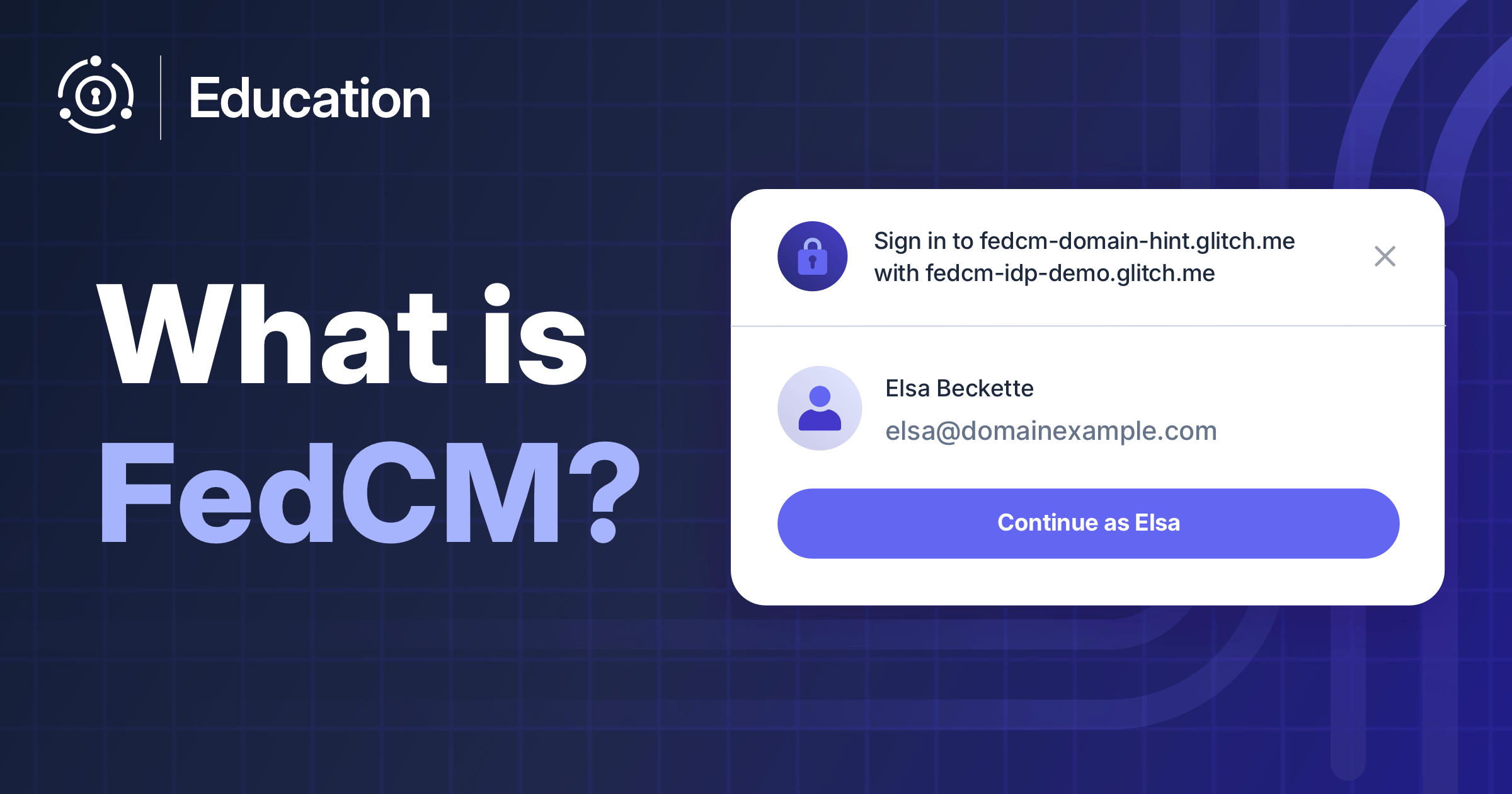With software as a service (SaaS), you are often building not just for one set of users, but for multiple customers which themselves have their own users.
Examples include:
- A private-labeled job board
- Diagramming software that businesses buy for their employees to use
- An LLM chatbot for enterprises to use internally
This pattern is called business-to-business-to-consumer (B2B2C) or business-to-business-to-employee (B2B2E), depending on who the end user is. But it generalizes to business-to-business-to-user (B2B2U).
Let’s dive in to learn more about these patterns of application architecture, the ramifications for user modeling, and where they are similar and where they differ.
What Is B2B2U?
B2B2U SaaS applications are an architectural model where software companies build products sold to businesses who then provide access to the first company’s software to end users.
The relevant entities in any B2B2U system include:
- the SaaS business creating the application
- intermediate businesses that are customers of the SaaS business
- end users who use the software; they interact with one or more intermediate businesses but do not typically know the SaaS business
Here’s a diagram showing example relationships. In this case, TimeTrax is the SaaS business, selling time tracking software. ChangeBank and Pinnacle Financial are two intermediate businesses, and the end users are the people and companies that submit timesheets.
An example of time tracking software B2B2U relationships.
Unlike traditional B2B SaaS where the primary users sign up for the SaaS, B2B2U applications introduce additional complexity around customer and user modeling. Additionally, product success depends not only on meeting customer requirements, but also on delivering genuine value to the ultimate user.
B2B2U applications can show up in pretty much any sector, such as:
- financial services
- healthcare
- consumer facing productivity tools
A B2B2U platform needs to be flexible enough to be private-labeled or embedded by intermediate businesses. The technical and product challenges are significant. You must build a solution that is simultaneously:
- built with proper, strict isolation of customer users and resources
- full-featured enough for purchase
- customizable enough for business integration
- seamless enough to provide an excellent end-user experience
Now let’s talk about B2B2C, which focuses on consumers, and B2B2E, which focuses on employees.
What Is B2B2C?
This is the subset of B2B2U where the end user is a customer or potential customer of the intermediate business. In other words, the end user is paying or may pay the intermediate business.
Imagine a world where a bank offers a personal finance management tool developed by a third-party SaaS provider, or an online course platform which enables experts to build and sell courseware to individuals.
These applications have to serve both the customer and the end user. You need the capabilities a business expects and the user experience of consumer applications. Building such applications requires a balance of technical flexibility, compliance tooling, and user-centric design.
An intermediate business might purchase a SaaS tool to enhance their consumer offerings without building complex software from scratch. SaaS providers, on the other hand, gain access to broader markets through established enterprise channels. Unlike traditional B2B or B2C models, B2B2C applications must satisfy two distinct yet interconnected customer segments:
- the business buyer
- the end consumer
This makes the design and go-to-market strategy of such providers challenging.
A B2B2C model with an intermediate business offering a freemium product is slightly different. For example, consider a productivity software company that integrates an AI-powered writing assistant into its app. The software provider can offer a free tier with basic AI suggestions. Meanwhile, the AI vendor operates in the background, powering the feature and benefiting from broad adoption without having to market directly to individual users.
Monetization for the productivity software company happens when users upgrade to get premium AI features, also provided by the SaaS company.
This approach allows the intermediary to differentiate its product and improve retention while giving the AI provider a scalable distribution channel. The challenge, just as for any freemium product, is balancing what’s offered in the free tier—too much, and there’s no incentive to upgrade; too little, and the feature is a gimmick. Additionally, the AI provider must integrate cleanly, have high availability, and great performance, since its success depends on the productivity app’s ability to drive adoption and upsells.
Let’s take a look at B2B2E next.
What Is B2B2E?
This is a subset of B2B2U where the end user is an employee or contractor of the intermediate business. In other words, the end user is paid or otherwise compensated by the intermediate business.
These applications are at the intersection of corporate infrastructure and individual needs. Companies deploy such tools to streamline workflows, improve communication, and drive organizational effectiveness.
Unlike direct enterprise software or B2B2C consumer-facing applications, B2B2E solutions are more likely to have to navigate the terrain of corporate procurement and IT security requirements.
Examples of such software include:
- learning management systems sold to a multinational corporation
- employee engagement platforms that integrate into existing HR tech stacks
- expense reporting software
The value of these B2B2E applications lies in their ability to satisfy the needs of both the purchasing organization and its workforce. You have to balance institutional goals with individual user experience.
We’ve looked at high level overviews of these software patterns. Let’s examine their differences and similarities.
How Are B2B2E And B2B2C Platforms Similar?
B2B2C and B2B2E platforms share architectural DNA. At their core, they must solve complex multi-tenancy challenges that balance the needs of three stakeholders:
- the SaaS provider
- each intermediate business
- the end users
The technical scaffolding required to support these challenges demands thoughtful approaches to data isolation, user management, and access control.
Multi-tenancy is the architectural backbone of such platforms. Whether you’re dealing with consumer interactions or employee workflows, you need to create logical or physical data separation. Doing so prevents contamination between different businesses’ data and environments.
This is typically accomplished through separate infrastructure, distinct schemas or shared infrastructure with logical separation, usually using a tenant id on tables. You also need carefully designed access control layers to ensure that there’s no possible escalation to access other tenants.
User identification and conversion are important technical and business challenges as well. Each platform must develop methods for determining which tenant a specific user belongs to, whether that’s an employee accessing a corporate learning management system or a consumer interacting with a white-labeled financial service.
This must be done while requiring as little effort as possible from the end user, because you don’t want them to get frustrated and bounce. Techniques to identify the correct tenant for a given user include:
- unique hostnames: one for each intermediate customer such as tenantA.example.com or tenantB.example.com.
- user self-identification: have the user provide a tenant identifier as part of the authentication process.
- user choice: after authentication, present the user with a list of intermediate businesses. They then choose the application they want to use.
- request attributes: an attribute of the client or incoming request, such as the IP address or client user agent, which can be used to route the user to the correct tenant.
The intermediate business needs visibility into their tenant’s performance, user behaviors, and platform utilization. Customer service becomes a challenge, requiring support mechanisms that can drill down into specific tenant contexts, perhaps only for a given duration or limited to certain tenants.
While SaaS offerings often simplify operations, because the SaaS business is in control of the deployment environment, B2B2U models require more careful balancing acts between the following:
- flexibility
- security
- scalability
The intermediate business expects customization capabilities, reporting, and the ability to configure the platform to meet their organizational needs. Meanwhile, end users—whether employees or consumers—demand seamless, intuitive experiences.
Whew. Seems like a lot of overlap. What are the differences? Especially when it comes to user identity?
Authentication Differences Between B2B2C And B2B2E
We just looked at the similarities between B2B2C and B2B2E; let’s look at some differences.
In particular, how these applications handle user identity. As a reminder, end users in B2B2C systems pay or might pay the intermediate business. With B2B2E, the end users are being paid instead.
This impacts how the users interact with each type of system.
What B2B2C SaaS Businesses Need
With B2B2C platforms, the end consumer owns their identity. This means a B2B2C application must balance between platform flexibility and security constraints, designing identity management systems to let users maintain control over their personal information while meeting the intermediate business’s security and compliance requirements.
The intermediate business, which is B2C, is invested in the user’s authentication and engagement journey in their application. They are typically concerned with many technical and business-critical elements, such as:
- robust password policies that balance security with user experience
- frictionless alternative authentication mechanisms such as magic links
- federation with consumer-facing identity platforms
- conversion funnels and engagement
- self-service registration
- invitations and features supporting viral growth
- profile management
- configurable and easy multi-factor authentication
- self-service account recovery flows
All of these concerns originate from the fact that the intermediate business wants the end user to pay for the application they are providing. These platforms prioritize acquisition, conversion, and retention features.
From the SaaS provider’s perspective, they need to handle scalability challenges, since each intermediate business might have a large number of customers. Look and feel customization is key, and localization may be important.
They’ll also need to consider economic concerns, such as the potential cost of maintaining inactive user accounts or designing pricing models that incentivize active platform engagement. B2B2C systems often price per-user or with a usage based model.
The users in a B2B2C platform often have stronger legal claims to their data as well. When an intermediate company gets a GDPR request, the SaaS provider can help by providing appropriate tooling.
What B2B2E SaaS Businesses Need
With B2B2E systems, identity management is far different. Here, the intermediate business owns and controls the user identity. Rather than trying to entice the user to sign up or log in while balancing security needs, the intermediate business can dictate the experience. They also often require deeper customization options to match existing workflows.
Unlike B2B2C platforms where users maintain identity ownership, B2B2E platforms need identity integration mechanisms, primarily through protocols like Security Assertion Markup Language (SAML) and OpenID Connect (OIDC). These offer centralized identity management with features these businesses need. The intermediate businesses own the user identity, typically through employee directories. These intermediate companies have much stronger ownership of the identity of employees than in the B2B2C scenario.
The intermediate business is also concerned with granular access control and identity lifecycle management. Enterprises need to add and remove access when employees join or leave the organization, making SCIM (System for Cross-domain Identity Management) integration important. Other integrations, with systems such as ERP or HRIS, may be important, depending on the target market of the application.
Revoking access quickly is more important for B2B2E systems, when the improper use of functionality offered by the software could negatively impact business operations. Contrast that with a freemium B2B2C solution, where you might never want to revoke access, only downgrade it.
From the SaaS provider’s perspective, you must:
- develop robust role mapping capabilities that can translate remote enterprise roles into application-specific access permissions
- create self-service onboarding processes that allow new customers to securely add their identity providers with minimal friction
- offer auditing and other compliance requirements as needed by customers for SOC2, PCI DSS, HIPPA or other regulations
- use pricing the customer expects, which is often seat-based or enterprise licensing
Any identity platform used by B2B2E applications must be flexible enough to support enterprise identity infrastructure while maintaining security and usability guardrails. These applications prioritize security, compliance, and admin controls.
In Summary
Business-to-business-to-user platforms, in both their business-to-business-to-consumer and their business-to-business-to-employee flavors, bridge multiple stakeholders through identity, security, and integration architectures.
These models share fundamental challenges around multi-tenancy, data isolation, and complex user management, while diverging in identity ownership and control. B2B2C platforms prioritize user-controlled identity with intermediate business oversight, whereas B2B2E models center enterprise control and access management.
Both require SaaS providers to develop flexible, scalable applications and platforms to accommodate varied business requirements, complex authentication protocols, and bespoke security needs. SaaS providers need to balance security, performance, and user experience across multiple organizational boundaries.
If you’d like to learn more about these options, including examples and sample implementations and flow diagrams, check out these technical use cases:









